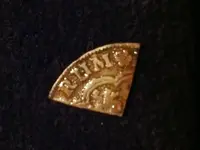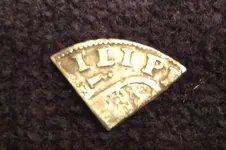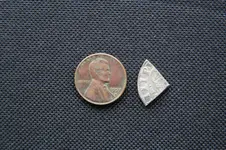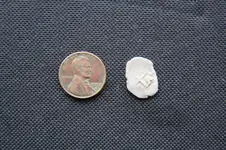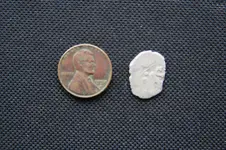StormSurge
Sr. Member
- Joined
- Oct 6, 2011
- Messages
- 400
- Reaction score
- 173
- Golden Thread
- 0
- Location
- S E Virginia
- Primary Interest:
- All Treasure Hunting
- #1
Thread Owner
Is there a way to lD the exact age of this?
I found it earlier this week and posted it in Todays Finds.
Crusader confirmed what I found out, that it is early to mid 1700's
and that I should ask y'all on the Cob's forum.
Any help and info. Is greatly appreciated.
Thanks!
I found it earlier this week and posted it in Todays Finds.
Crusader confirmed what I found out, that it is early to mid 1700's
and that I should ask y'all on the Cob's forum.
Any help and info. Is greatly appreciated.
Thanks!




